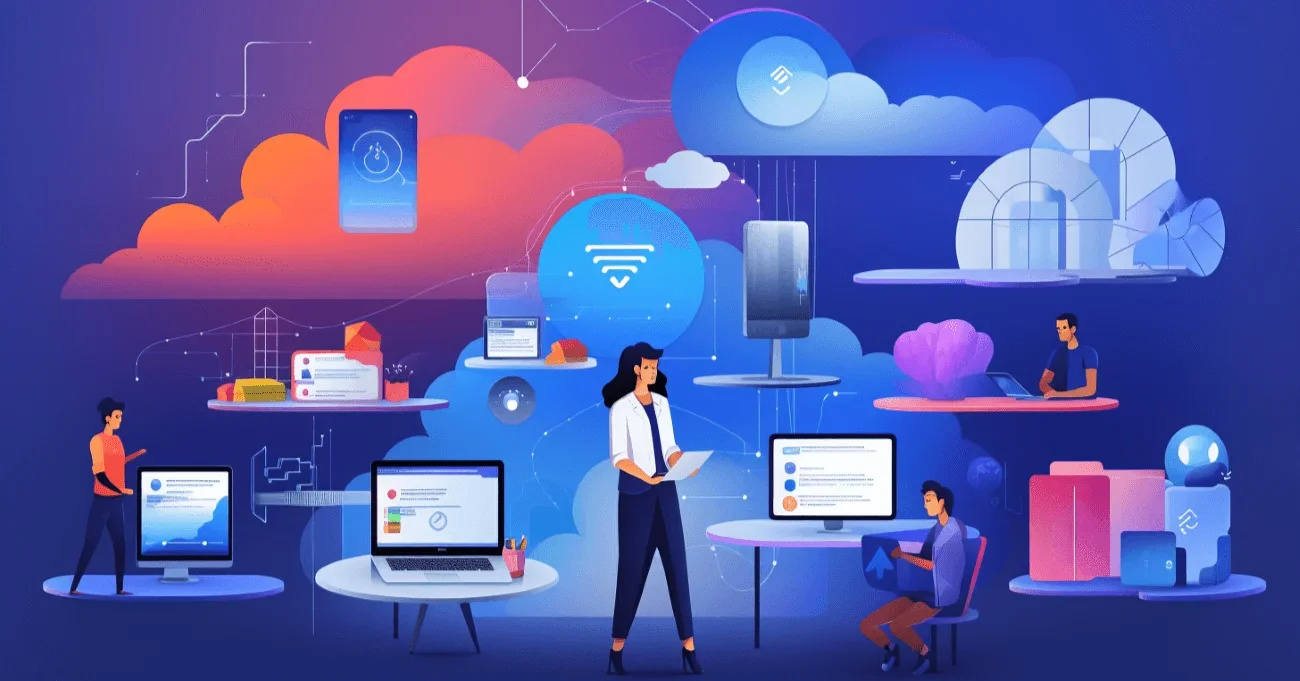SaaS development is crucial for established enterprises and startups, playing a pivotal role in business growth and innovation. Its scalability, accessibility, and cost-effectiveness make it a game-changer in the software development landscape. However, keeping pace with the rapidly evolving industry requires staying updated on SaaS development trends—fierce competition, evolving user demands, and shifting pricing models present challenges that necessitate a proactive approach.
As an expert in software outsourcing, Aloa understands the ever-changing landscape of SaaS development. We provide many services to assist businesses and startups, from MVP development to robust Saas application development. Our expertise ensures that your SaaS product isn't just a solution but also an immersive experience customized for your target audience.
In this industry overview, we will discuss the top SaaS development trends in 2023. We will provide statistics, real-life examples, and potential use cases for each trend. Furthermore, we will emphasize the essential benefits of developing SaaS for startups and explain why it is crucial in 2023.
In this blog, you will gain valuable insights to help you succeed in the constantly changing SaaS landscape. By staying ahead of your competition and leveraging the power of SaaS, Aloa can be your partner in unlocking remarkable business growth.
Let's dive in!
What is SaaS Development?
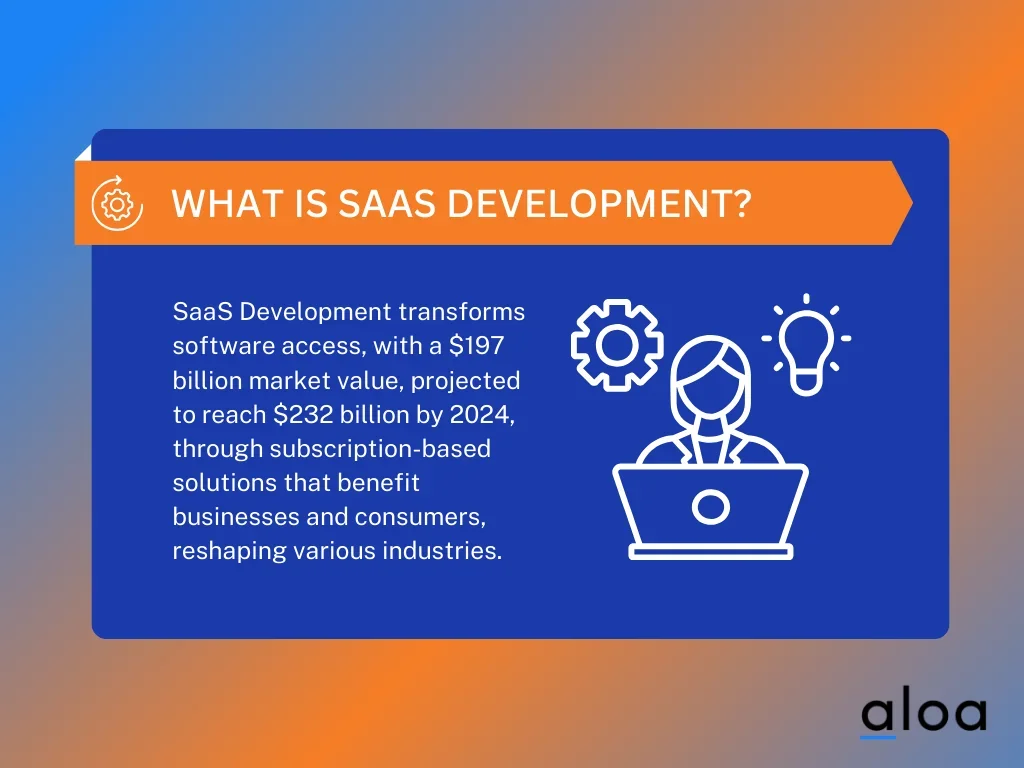
SaaS (Software as a service) Development has brought a groundbreaking shift in the technology industry. It encompasses software solutions that are hosted in the cloud and can be accessed through desktops, mobile apps, and web interfaces. The global public cloud application services (SaaS) market is valued at around 197 billion U.S. dollars, with projected growth to reach 232 billion U.S. dollars by 2024. This rapid rise highlights the continuous expansion of this industry.
SaaS platforms provide businesses with a wide array of solutions, including customer resource management (CRM), enterprise resource planning (ERP), web hosting, and e-commerce. What sets SaaS apart is its business model, which operates on a subscription or pay-as-you-go basis. This eliminates the need for large upfront investments. Companies can enjoy recurring revenue while also taking on the responsibility of software development, maintenance, and infrastructure management.
SaaS development significantly changes how software is accessible, benefiting businesses and consumers. This ongoing evolution continues to shape the technological landscape, with far-reaching implications for various industries and sectors.
7 SaaS Development Trends and Stats To Watch For in 2023
In 2023, the landscape of SaaS development stands at the brink of significant transformations. A convergence of technology and business needs drives this anticipation. Let's delve into several pivotal trends and statistics that hold the power to shape the trajectory of development in the upcoming year.
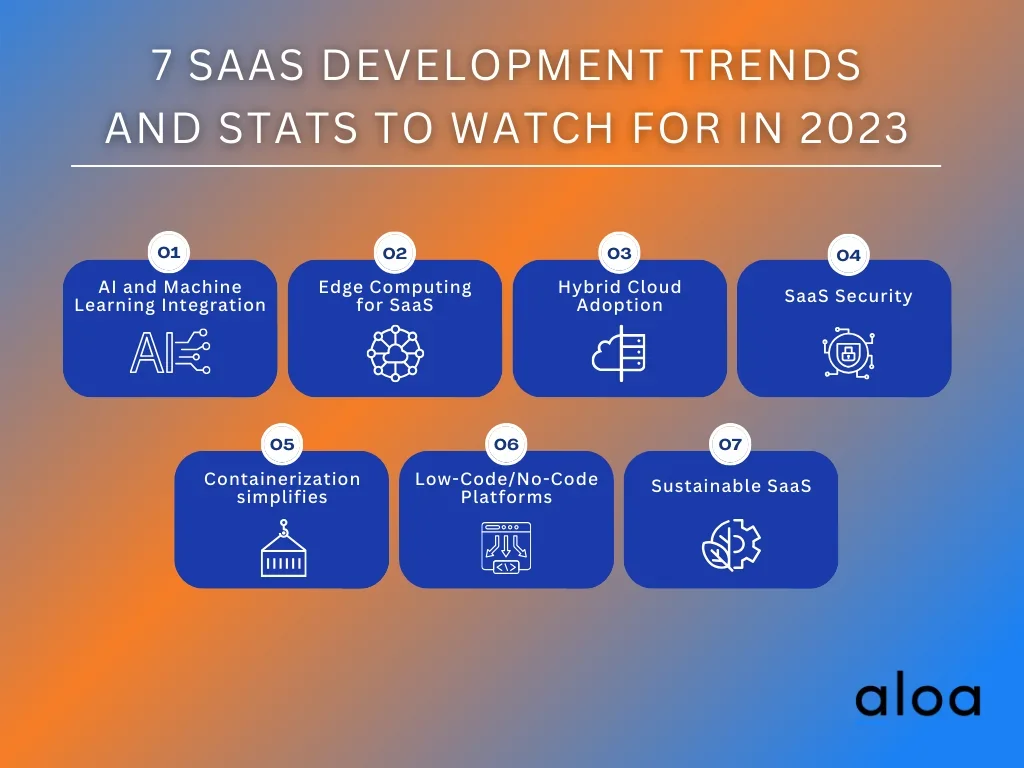
Trend 1: AI and Machine Learning Integration
The integration of artificial intelligence (AI) and machine learning has seamlessly reshaped the SaaS industry. This emerging trend brings numerous benefits to both businesses and users alike. According to Emergen Research., the global artificial intelligence and advanced ML market is projected to reach USD 471.39 billion by 2028. This represents a significant growth rate of 37.3% from 2023 to 2030. AI and machine learning are revolutionizing SaaS by infusing it with:
- Smart Automation: AI and machine learning in SaaS automate tasks, from data entry to decision-making, reducing manual effort and errors.
- Predictive Analytics: AI-powered SaaS predicts trends, enabling data-driven decisions, efficient resource allocation, and anticipating customer needs.
- Personalized User Experiences: AI in SaaS offers tailored content, product recommendations, and interfaces by analyzing user data and preferences.

Businesses are now employed with actionable insights through AI-driven analytics in SaaS applications. Take, for example, SaaS-based customer relationship management (CRM) software that can predict customer preferences. This advancement significantly enhances lead generation and conversion rates.
This trend indicates the SaaS industry's dedication to improving user interfaces, enhancing application intuitiveness, and minimizing manual intervention. As AI and machine learning progress, their integration will propel the industry's growth and foster innovation. SaaS providers who embrace this trend are sure to gain a competitive advantage by offering smarter, more efficient, and user-centric solutions.
Trend 2: Edge Computing for SaaS
In 2023, the integration of edge computing stands out as a significant trend. This trend brings lightning-fast data processing and reduced latency capabilities. Edge computing is no longer just a novelty; it has evolved into a necessity within the realm of SaaS. It transforms the delivery of real-time services, particularly in IoT (Internet of Things) and mobile applications contexts.
The market is expected to benefit from the increased volume of data generated by connected devices, the growing adoption of cloud-based solutions, the rising demand for Industrial Internet of Things (IoT) solutions, and other contributing factors during the forecast period.
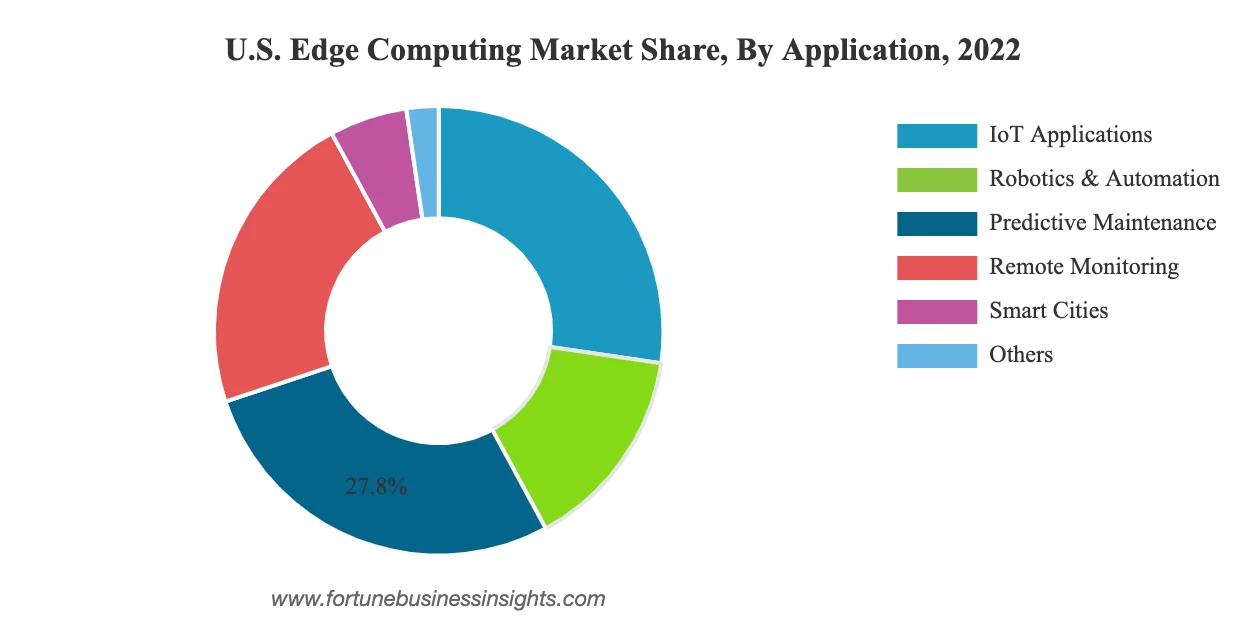
Edge computing is a revolutionary approach that brings computing power closer to data sources, ensuring swift response. This decentralized model is particularly crucial for applications that demand nearly instantaneous results. Take the Internet of Things (IoT), for example. Edge computing empowers devices to process data locally, significantly reducing the reliance on transmitting everything to a remote server. As a result, delays are minimized, making edge-enabled SaaS applications perfectly suited for advanced scenarios like autonomous vehicles, smart cities, and industrial automation.
Edge computing plays a crucial role in creating seamless user experiences. By distributing computational tasks to edge servers, it reduces dependence on a stable internet connection and enhances the responsiveness of cloud-based SaaS applications.
Trend 3: Hybrid Cloud Adoption
In 2023, adopting a hybrid cloud is set to reshape the development landscape. This strategic shift among businesses aims to strike a balance between flexibility and security.
Hybrid cloud solutions combine private and public clouds, giving businesses the advantage of both options. The growing trend of SaaS takes advantage of this approach, allowing software providers to deliver scalable applications while upholding strict security measures.
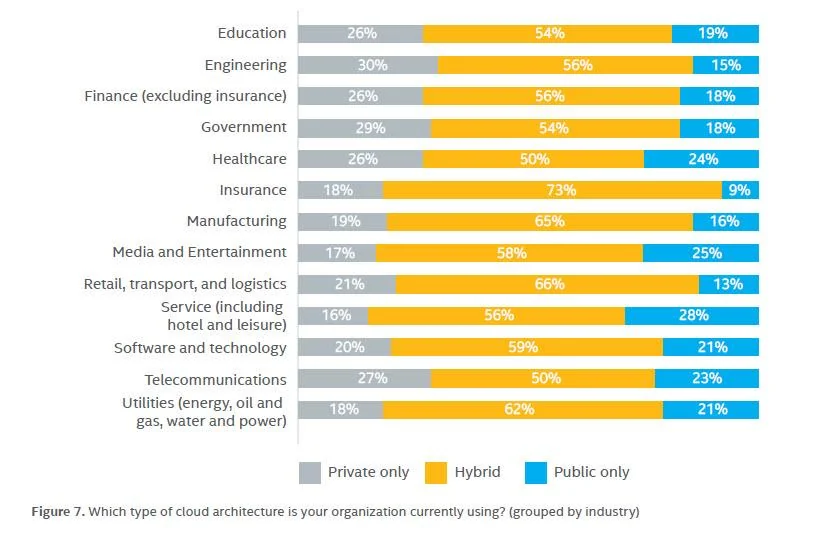
Only 18% of companies in this industry rely solely on a private cloud, while merely 9% prefer a public-only infrastructure. In contrast, organizations in the services industry have the highest adoption rate of public cloud technologies, with 28% relying solely on them.
Adopting the hybrid cloud model is driven by the need for a more adaptable and efficient approach to cloud computing. This enables SaaS applications to handle fluctuating workloads effectively, ensuring consistent performance even during peak usage periods. Additionally, it provides opportunities for optimizing cost and resource allocation, resulting in significant savings for organizations.
SaaS developers are reaping the benefits of utilizing hybrid cloud environments. They can promptly roll out updates and new features, guaranteeing uninterrupted access to the latest functionalities for users. Moreover, the seamless integration with other cloud services like database hosting or content delivery networks amplifies the overall user experience.
Trend 4: SaaS Security
As organizations increasingly rely on cloud-based services and SaaS applications to manage critical data and operations, robust security measures are more pressing than ever.
In 2022, the main security concern for adopting Software-as-a-Service (SaaS) among respondents was the lack of visibility into third-party application access to the core SaaS stack. This concern was mentioned by 56 percent of the respondents. Following closely behind was the lack of visibility into SaaS security settings. Only 32 percent of respondents expressed worry about insufficient SaaS security.
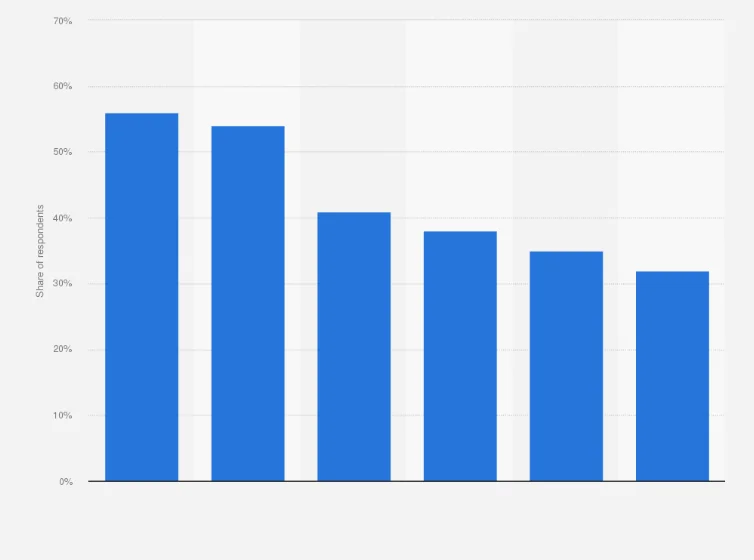
These statistics underscore the utmost importance of addressing this pressing issue promptly.
SaaS Security Advancements
SaaS providers are addressing these concerns by implementing cutting-edge security measures. They are adopting advanced encryption protocols, which have now become the standard practice, ensuring that data remains safeguarded during transit and while at rest. A growing trend is the implementing of zero-trust architecture, treating each user and device as potentially untrustworthy until proven otherwise. This approach enhances access controls and strengthens overall security measures.
Threat Detection and Response
SaaS developers are actively incorporating advanced threat detection and response mechanisms into their systems. By utilizing machine learning algorithms, they can analyze user behavior in real-time to identify any abnormalities or potential security breaches. This proactive approach enables the timely mitigation of such threats.
User Education
SaaS security greatly relies on user education. It is imperative to understand that human error often leads to security breaches, especially when individuals fall prey to phishing attacks. SaaS companies invest in user training and awareness programs to mitigate these risks effectively.
Saas security is rapidly evolving to counter the ever-increasing cybersecurity threats. Businesses must remain vigilant, regularly update their Saas applications, and collaborate with providers who prioritize security. This ensures the protection of their data and operations in 2023 and beyond.
Trend 5: Containerization and Microservices
Saas development landscape is experiencing a significant transformation. This shift is being driven by containerization technologies like Docker and Kubernetes. These innovative tools fundamentally reshape how software is deployed and managed, revolutionizing the industry.
Containerization simplifies the deployment of applications by packaging them and their dependencies into standardized units known as containers. These containers offer consistent performance across various environments, ensuring reliable software behavior from development to production. Docker, in particular, has gained widespread acclaim for its user-friendly interface and seamless portability.
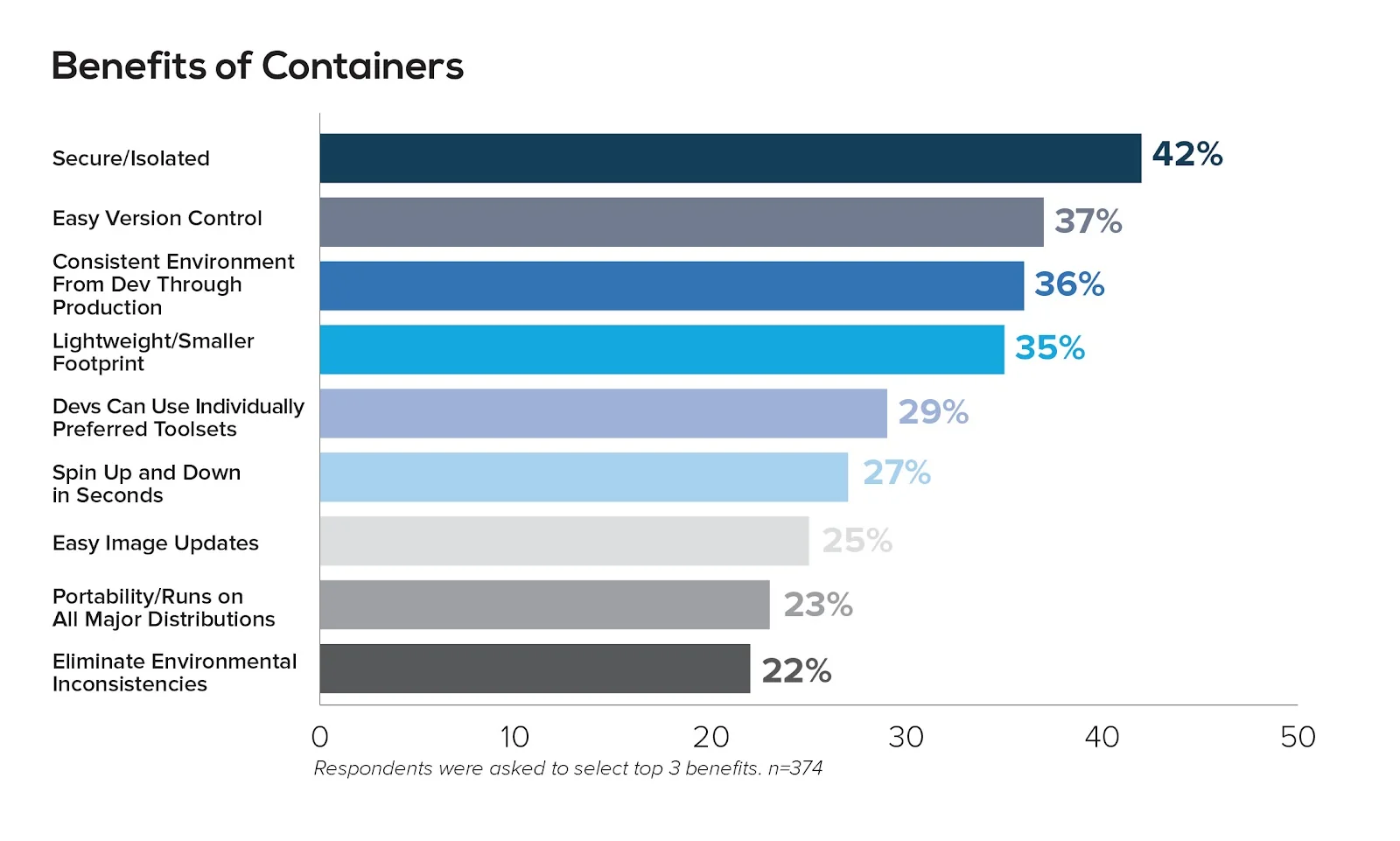
The usage of microservices architecture complements containerization. Developers have shifted from building monolithic applications to breaking down software into smaller, loosely coupled services with a specific focus on individual functions or features. This approach facilitates easier development, maintenance, and scalability.
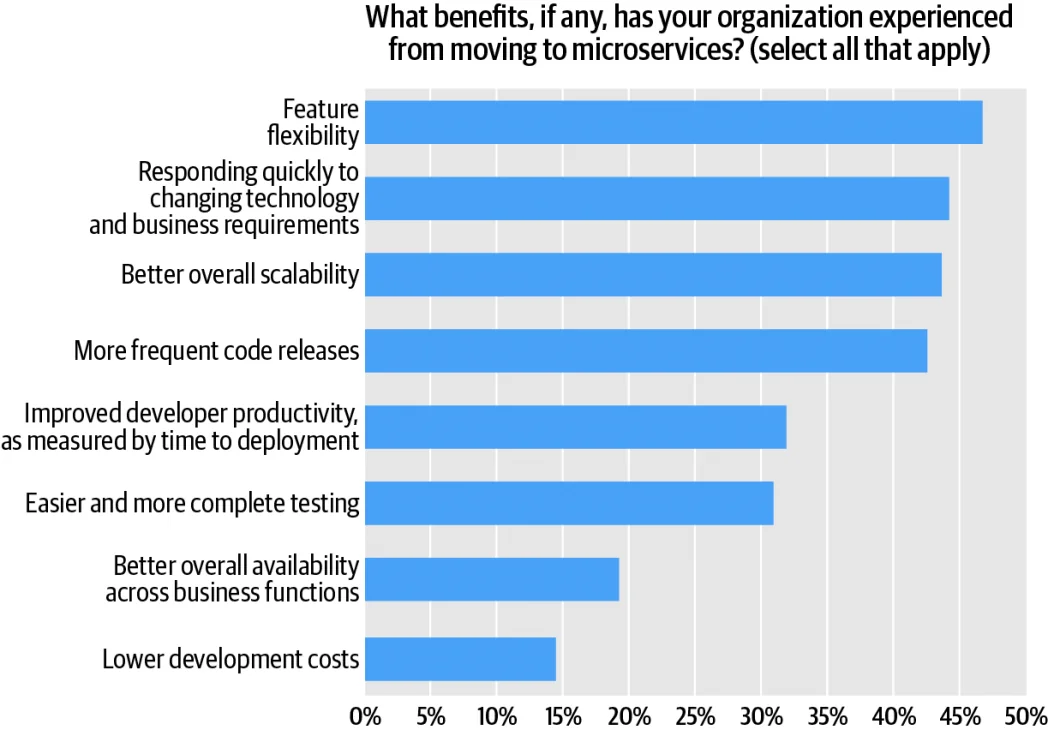
The combination of containerization and microservices is transforming the world of SaaS. This powerful duo enhances application scalability, maintainability, and adaptability to meet evolving requirements. The industry is swiftly embracing these technologies, as evidenced by statistics. Businesses and users alike are driven by a need to stay competitive and address the changing demands of our dynamic landscape.
Trend 6: Low-Code/No-Code Platforms
Low-Code/No-Code platforms are transforming SaaS by making software creation more accessible and driving innovation across multiple industries. The upward trend of this revolution is poised to continue in 2023.
By 2025, organizations are projected to construct approximately 70% of their newly developed applications employing low-code or no-code platforms—an impressive increase compared to less than 25% in 2020. The global low-code development platform market revenue in 2020 amounted to $12,500.6 million. It is projected to experience a significant growth rate of 31.3% annually from 2020 to 2030, reaching a staggering $190,792.6 million by the end of the forecast period.
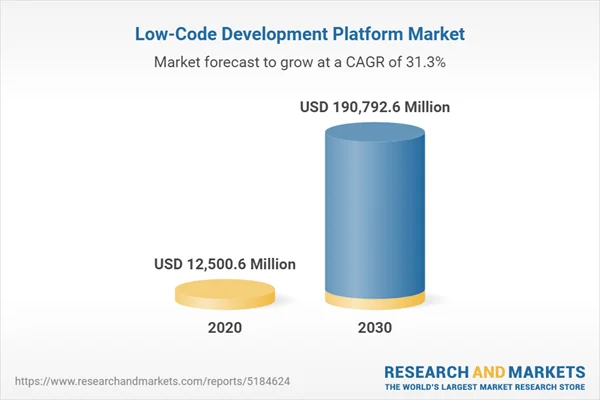
These platforms give individuals with limited coding experience the ability to create advanced SaaS applications using user-friendly interfaces and pre-built components. Here's why this trend holds great significance:
- Accelerated Development: Low-Code/No-Code tools dramatically reduce development timelines, enabling businesses to quickly adapt to market changes and gain a competitive advantage.
- Cost-Efficiency: With a reduced need for developers, organizations can significantly cut down on development costs. This increased accessibility makes development more financially advantageous for startups and small businesses.
- Innovation at Scale: Non-developers, such as business analysts and subject-matter experts, have the opportunity to contribute to application development. This inclusive approach to innovation promotes the creation of specialized SaaS solutions customized for specific requirements.
- Enhanced User Experience: The platforms maintain their commitment to prioritizing intuitive design and user-friendly interfaces, keeping the focus firmly on enhancing user experience (UX).
Low-Code/No-Code platforms have numerous advantages. However, it's essential to consider certain factors, such as potential limitations in complex and highly customized projects. As these platforms continue to evolve and offer more functionalities, they are shaping the SaaS by enhancing inclusivity and adaptability to meet the ever-changing needs of businesses.
Trend 7: Sustainable SaaS
In 2023, the SaaS industry is going through a significant transformation driven by the need for sustainability. Businesses around the world are prioritizing environmental responsibility, leading SaaS providers to intensify their efforts in reducing their carbon footprint. Recent statistics reveal a substantial shift towards eco-conscious practices within the SaaS sector. SaaS companies have taken up sustainability initiatives to align their operations with environmentally friendly principles.
One crucial aspect of sustainable SaaS involves optimizing data centers. These data hubs, which serve as the foundation of cloud services, consume significant amounts of energy. In response, SaaS companies are increasingly investing in energy-efficient data centers and employing advanced cooling methods and renewable energy sources to reduce their environmental impact. This approach not only decreases electricity usage but also minimizes greenhouse gas emissions.
SaaS providers are actively adopting eco-friendly practices throughout their product development lifecycle. They incorporate green coding techniques, optimize algorithms to enhance energy efficiency, and eliminate resource-intensive features. This demonstrates their strong commitment to sustainability.
Benefits of SaaS Development For Startups
An increasingly popular strategy for startups is to utilize Software as a Service (SaaS) development. This approach offers numerous benefits that are crucial for their growth strategy. Let's explore five key advantages of SaaS development for startups:

Cost-Efficiency
SaaS development offers significant cost-saving benefits for startups. Unlike traditional software development, which often demands substantial upfront investments in infrastructure, hardware, and software licenses, SaaS operates on a subscription-based model. This allows startups to access essential software tools and services without hefty initial expenses. By adopting this approach, startups can allocate their limited resources more strategically, prioritizing product development and innovation.
Rapid Deployment and Updates
SaaS development allows startups to launch their software products into the market quickly. By utilizing existing infrastructure and software, the development team can prioritize building and improving the product instead of dealing with server setup or infrastructure management. Furthermore, updates and new features can be effortlessly delivered to users without requiring manual installations. This agility ensures that startups remain competitive and responsive to SaaS market demands.
Scalability
As startups expand, their demand for flexible solutions increases. By utilizing SaaS, businesses can easily scale their software resources to meet changing needs. Whether it's accommodating a sudden increase in users or venturing into new markets, startups can readily adapt their SaaS solutions to optimize efficiency while minimizing resource wastage.
Access to Advanced Technologies
SaaS development provides startups valuable access to advanced technologies that may otherwise be inaccessible. Leading SaaS providers like Microsoft Azure, AWS, and Salesforce offer a range of cutting-edge capabilities, including advanced analytics, artificial intelligence (AI), and machine learning. These tools empower startups to improve user experiences, optimize product development processes, and gain valuable insights into customer behavior.
Data Security and Compliance
Startups prioritize data security, mainly when dealing with customer information. SaaS service providers substantially improve data security measures and compliance standards to address this concern. They employ strong encryption, reliable authentication methods, and regular security updates to safeguard sensitive data. By partnering with reputable SaaS providers, startups can manage security risks and comply with industry regulations.
Key Takeaway
Keeping up with the latest trends in SaaS development is crucial in the constantly changing tech industry. 2023 presents significant growth opportunities for the Saas sector, making it essential for businesses to adopt and harness its power. Using Saas, you can transform your operations, streamline processes, improve user experiences, and increase productivity. This approach reduces the reliance on complicated user interfaces, decreases server management burdens, and takes advantage of cloud providers' capabilities.
Integrating Saas models into your tech stack offers several benefits, including streamlined project management, timely software updates, and effective monetization strategies. Additionally, utilizing Saas ensures the development of a minimum viable product with strong encryption. However, it is crucial to acknowledge that there may be challenges and drawbacks involved in SaaS software development. Nonetheless, it is a customized approach that caters to the demands of mobile devices and varying internet connections.
Adopting Software as a Service (SaaS) development is not simply a trend but an essential requirement to remain competitive in today's technology-driven world. To discover the limitless potential of Saas development for your business, reach out to resource[email protected].

